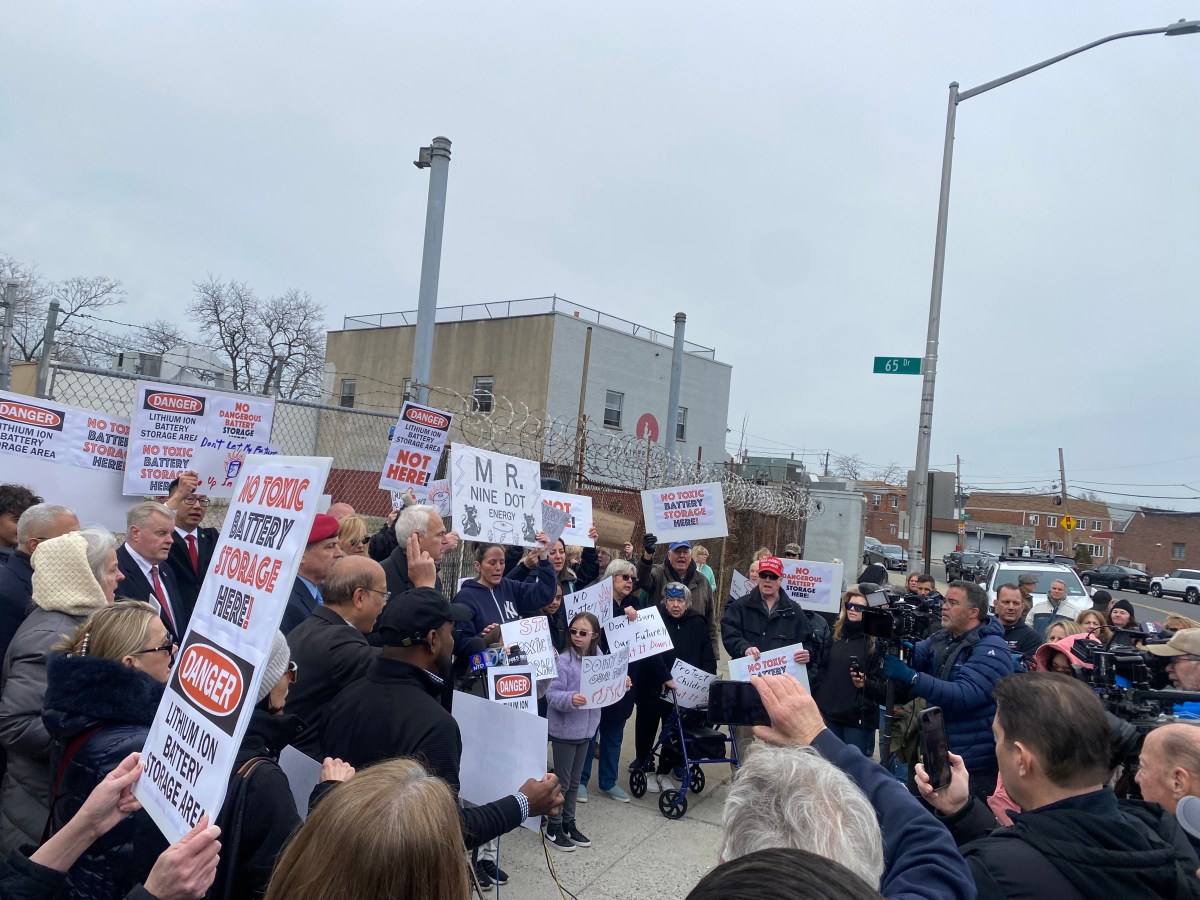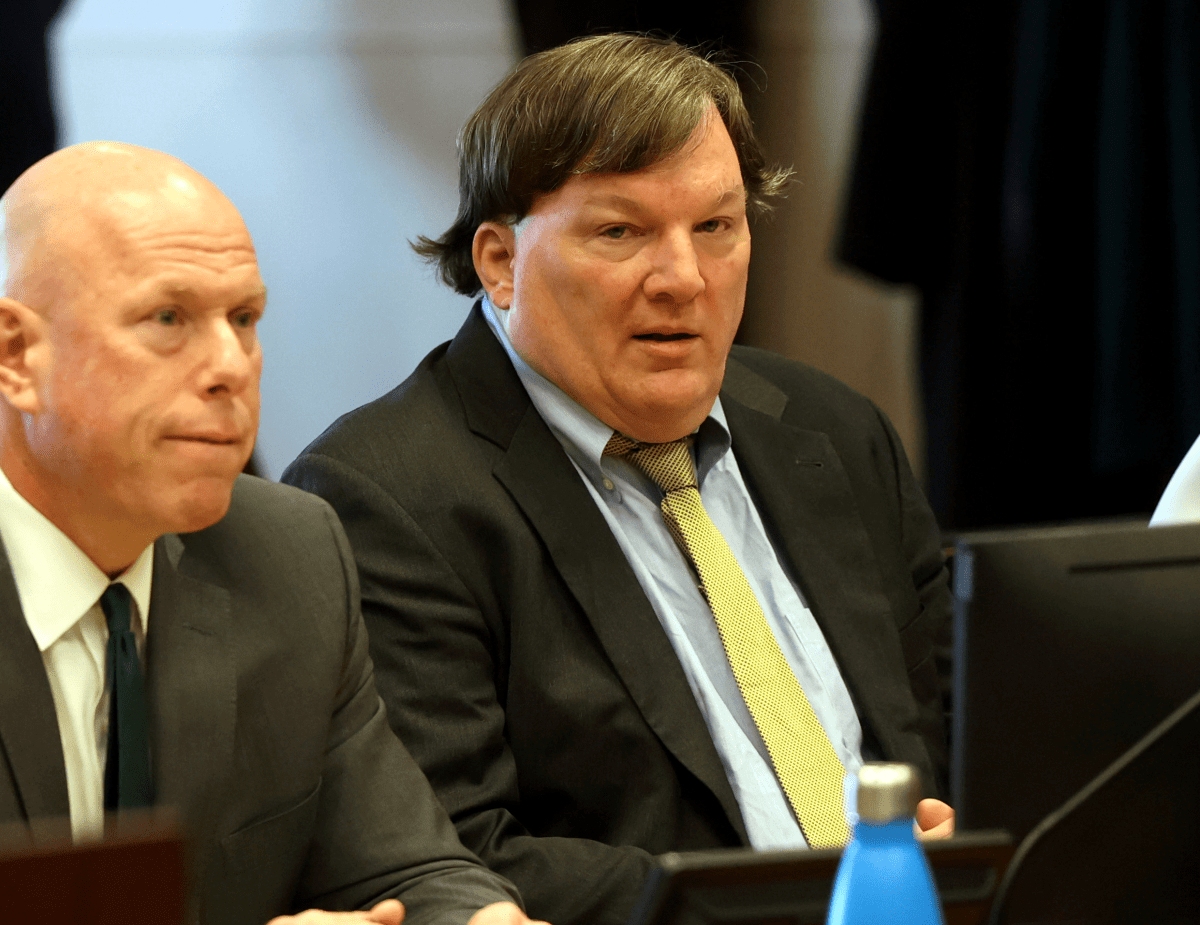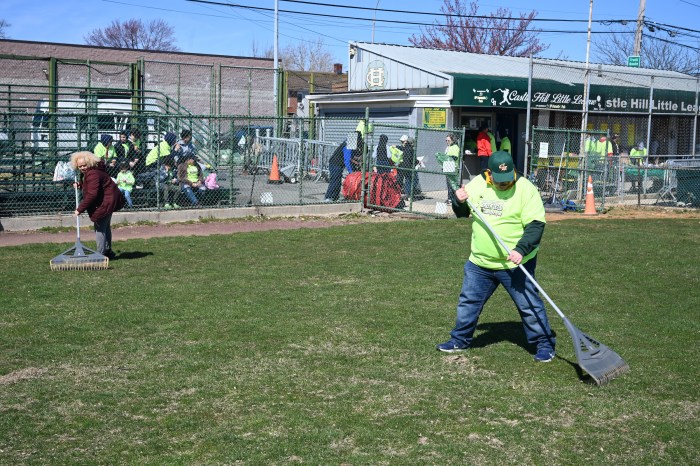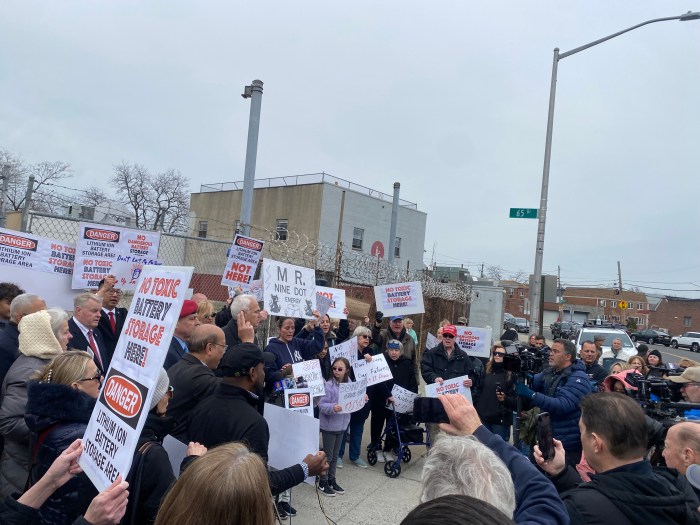
BY EILEEN STUKANE | May 2014 saw the unveiling of Mayor de Blasio’s “Housing New York: A Five-Borough, Ten-Year Plan” to build or preserve 200,000 affordable apartments within New York City. Chelsea Now has committed to following the progress and availability of affordable housing in our neighborhoods. Through interviews and from news that emerged during October’s “Let’s Talk” panel discussion on Affordable Housing, hosted by District 3’s Councilmember Corey Johnson, it is clear that the mayor’s plan is being undertaken seriously and broadly.
“Let’s Talk” brought together Commissioner Vicki Been of the NYC Department of Housing, Preservation, and Development (HPD), Sarah Desmond, executive director of Housing Conservation Coordinators (HCC), and Joe Restuccia — a member of Community Board 4 (CB4) who serves as executive director of the Clinton Housing Development Company (CHCD). Though still in its early stages, a multifaceted, caring approach to more affordable housing for people of greater income diversity is emerging.
VALUING NEIGHBORHOODS OVER NUMBERS
Benjamin Dulchin, executive director of the Association for Neighborhood and Housing Development (ANHD), recently said that he would not hold the administration accountable if it did not reach the goal of 200,000 affordable units (80,000 new; 120,000 preserved). Dulchin asserts that it is most important to create housing that is long-term affordable and adds to community infrastructure, and perhaps the right number is less than 200,000.
Moses Gates, director of planning and community development for ANHD, explains that, “The point is not this number is right, that number is right; if you don’t reach that number it’s bad. The number is not what we’re concerned with. What we’re concerned with is, at the end of the day, is New York City an affordable city to live in.” He goes on to say that “The most impactful programs are the ones that help stabilize neighborhoods.”
At “Let’s Talk,” Commissioner Been emphasized that a goal for housing is “to take a neighborhood by neighborhood approach. We know that neighborhoods differ and in the past there has often been a lack of coordination. Housing might go in, but the schools, parks, jobs, retail that are necessary weren’t always well coordinated to come in at the same time. So we’re working hard to make sure that all of those elements of quality of life are provided and coordinated so that we’re building neighborhoods and helping neighborhoods meet their goals rather than focusing on building.”
Other experts say that a number goal is good to aim for; however, as Joe Restuccia says, “We should all be consistent. I don’t think that volume is a measure of success as it has been. Quality, fit, how things are accepted, all these matter, and also knowing that a lot of these things must go through a public process.”
CB4’s AFFORDABLE HOUSING PLAN
HPD’s new Office of Neighborhood Strategies, headed by Daniel Hernandez, formerly with Jonathan Rose Companies, is reviewing each community board’s plan for affordable housing. This new division came into being only a month ago. Its three teams — Planning, Inclusionary Housing, and Community Partnership — will be working with an individual community’s objectives in mind. The Mayor’s Plan doubles the capital budget for HPD to $2.5 billion by the fiscal year 2018, allowing it to expand its staff and increase affordable housing. So far, however, only CB4 has submitted a plan (as reported in Chelsea Now, June 26, 2014).
Negotiations for bringing three locations identified in CB4’s plan, into reality as actual development sites for affordable housing, have begun, but any announcement at this time would be premature. However, Restuccia reports that the 540 W. 53rd St. CHDC building of 103 permanently affordable apartments, developed in partnership with Taconic/Ritterman’s project at 525 W. 52nd St., is fully approved and ready to go.
The city now has a mandatory inclusionary housing program, which means that when a site is rezoned to allow a developer greater floor area, that new building must have a portion of low-to-moderate income, permanently affordable units. It also seems likely that the percentage of affordable apartments will be decided on a case-by-case basis, increased depending on location and other factors, and not be held to a blanket 80/20 rule, in which 80 percent of apartments in a new building are market value and 20 percent are affordable.
Under the Bloomberg administration, affordable inclusionary housing was voluntary for developers, but today it is required. “What we’re trying to do is make inclusionary housing capture a broader range of incomes, “says Restuccia. He also reported that in the CB4 district, due to the high land value, over 2000 permanently affordable apartments had been created over the last 9 years, making it one of the more successful areas of affordable housing development.

HPD EXPANDS ITS ROLE AND RESOURCES
As Chelsea Now has reported, in order to have the possibility of living in an affordable apartment, it’s best to be on your community board’s email list to receive information about start dates for affordable housing applications (Chelsea Now, April 23, 2014). HPD’s website NYC Housing Connect (nyc.gov/housingconnect) offers current listings of addresses taking applications for affordable housing in all boroughs. All eligible applications done through NYC Housing Connect are randomly selected in lotteries overseen by HPD, the New York City Housing Development Corporation (HDC) and New York State Housing Finance Agency (HFA), and given a log number based on order of selection. If your number is selected to move forward in the process, you will be invited to come to an interview with a packet of documents including a birth certificate, pay stubs, tax returns, proof of address and more.
HPD is now involved in what Commissioner Been calls “an experiment” between the Community Partnerships division of its Office of Neighborhood Strategies and the Department of Consumer Affairs’ Office of Financial Empowerment. Through a Community Partnerships’ outreach program, people who have filed applications for affordable housing through NYC Housing Connect can learn how to get help from the Office of Financial Empowerment, for filling out the necessary paperwork regarding finances, credit, employment, and more. Applicants for affordable housing can get this help well before they have been selected by lottery, so that when they are selected, they will be prepared. Until now, it has been mostly non-profit organizations such as the Actors Fund and HCC that have been helping applicants. Showing earned income from assorted freelance jobs in the arts, for example, has been a sticking point in the application process that is being sorted out in the “experiment.”
In a new policy direction, to be able to guarantee that affordable housing remains permanently affordable, HPD is taking its responsibility beyond the initial renting of an affordable housing development. The marketing process will now be overseen by its Division of Asset and Property Management, and in the future, HPD will monitor the re-renting of units when they become vacant. This is the first time HPD has taken a step to be involved in long-term oversight.
BATTLING VACANCY DECONTROL
“The single biggest factor that affects our affordable housing stock, I think, is vacancy decontrol,” says Sarah Desmond. In 1997 elected officials in Albany introduced a provision in the state’s rent regulation laws which basically stated that if an apartment became vacant and the owner could legally bring the rent over $2000 a month, then the unit could be deregulated and removed from rent stabilization. A future provision raised the monthly rent to the current $2500 before an apartment could be deregulated. The main body of laws that govern rent regulation, however, is expiring on June 15, 2015.
“That provision needs to be completely struck,” says Desmond. “We’ve lost over 100,000 units, most of them through vacancy decontrol, happening now in Chelsea and Hell’s Kitchen. It’s a matter of time, but pretty soon it’s going to be happening through all parts of Brooklyn, then the Bronx, and Queens.” HCC and other tenant advocacy groups are mobilizing a force to pressure elected officials in Albany to end decontrol and save rent stabilization.
The 421A tax abatement program is also up for renewal. With this program, in exchange for a developer improving or constructing new residential housing on a site, he was given a tax abatement for the difference of what the land value was originally, compared to when it was fully developed. A percentage of the developed housing was made affordable but in many cases, that affordability only extended to the life of the tax abatement, varying from 20 to 35 years. According to Desmond, the community could lose 1700 affordable apartments in the not-so-distant future. “The community has to come up with a way to make those units permanently affordable,” she says.
Another issue of legislation coming up in Albany is illegal hotels, such as Airbnb, which use what could be affordable housing units for short-term rentals. The New York State Attorney General’s office did an analysis of 497,322 transactions for stays between January 2010 and June 2014 and found that 72 percent of private short-term rentals — under 30 days when the host was not present — were illegal. A rental is only legal if a host is present in the home, but in certain cases there may still be lease stipulations that need to be addressed regardless of legality. Desmond notes that landlords are conducting businesses on Airbnb rather than leasing their apartments long-term. “Buildings get systematically emptied,” she says, “because it’s so much more lucrative to rent to someone who’s going to be gone in three days.” By using empty apartments as illegal hotels, landlords are eliminating affordable units.
NEXT GENERATION NYCA
On an upbeat note, however, the New York City Housing Authority (NYCHA) is developing a long-term strategic plan to create ways to sustain public housing for future generations. The plan, Next Generation NYCHA, is now starting to take shape, according to Zodet Negron, deputy press secretary for NYCHA. So far meetings, which will eventually include all NYCHA communities, have been held in three different developments with residents, employees, community-based organizations, elected officials, to gather information as to what needs must be met to make public housing work.
According to Negron, the plan is addressing three key elements: How NYCHA can operate as an efficient and effective landlord, harness its real estate assets, and ensure its financial stability. Although the creation of new affordable units is a must, as Commissioner Been noted at the start of the “Let’s Talk” discussion: “We cannot build our way out of this crisis, we have to protect what we already have.”



































